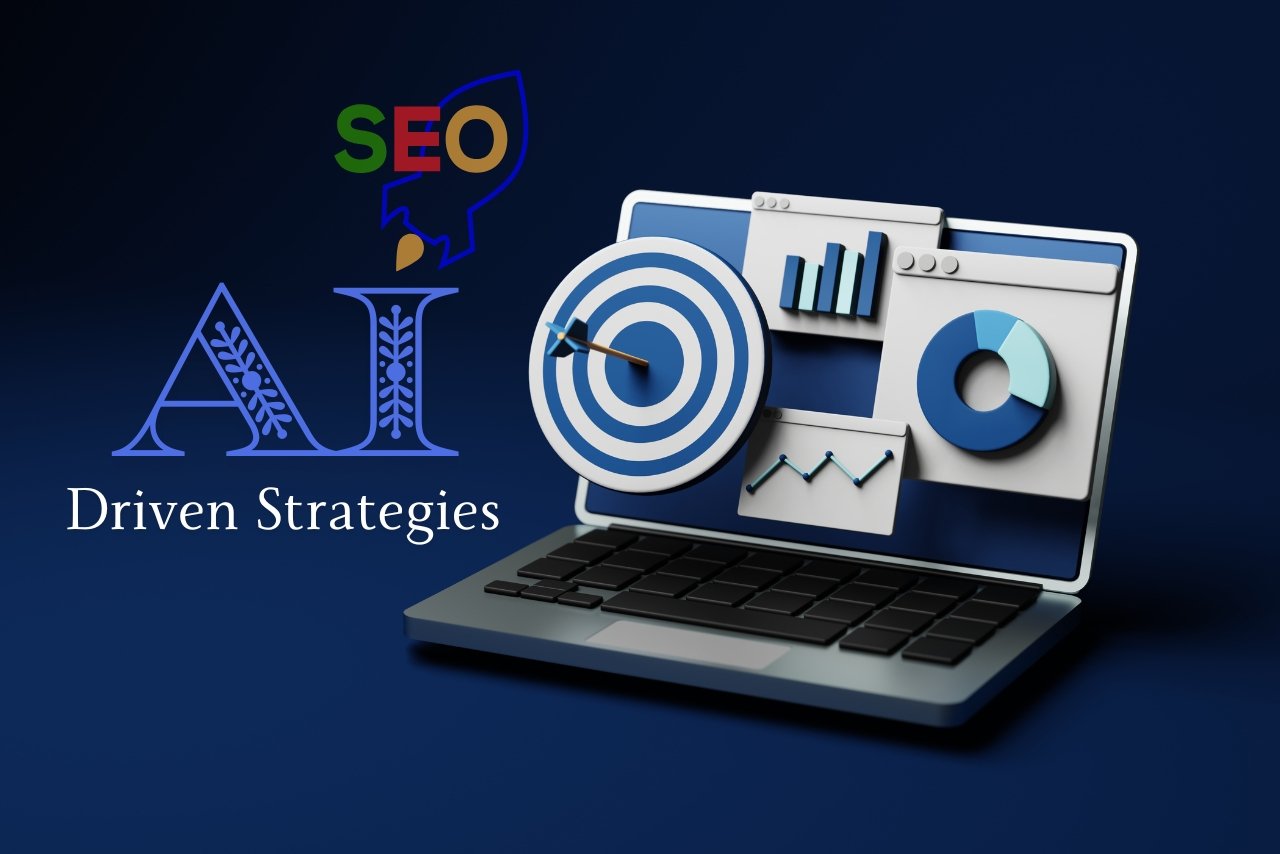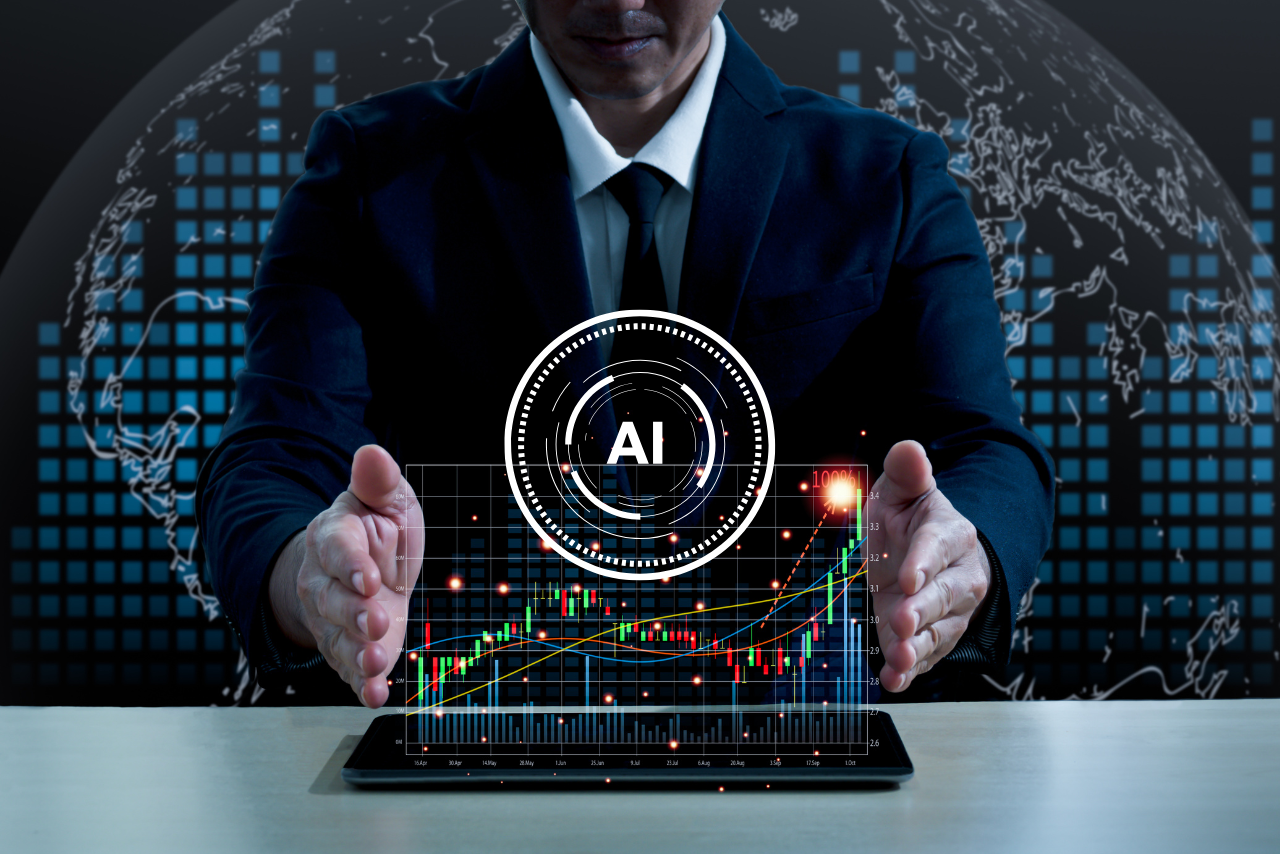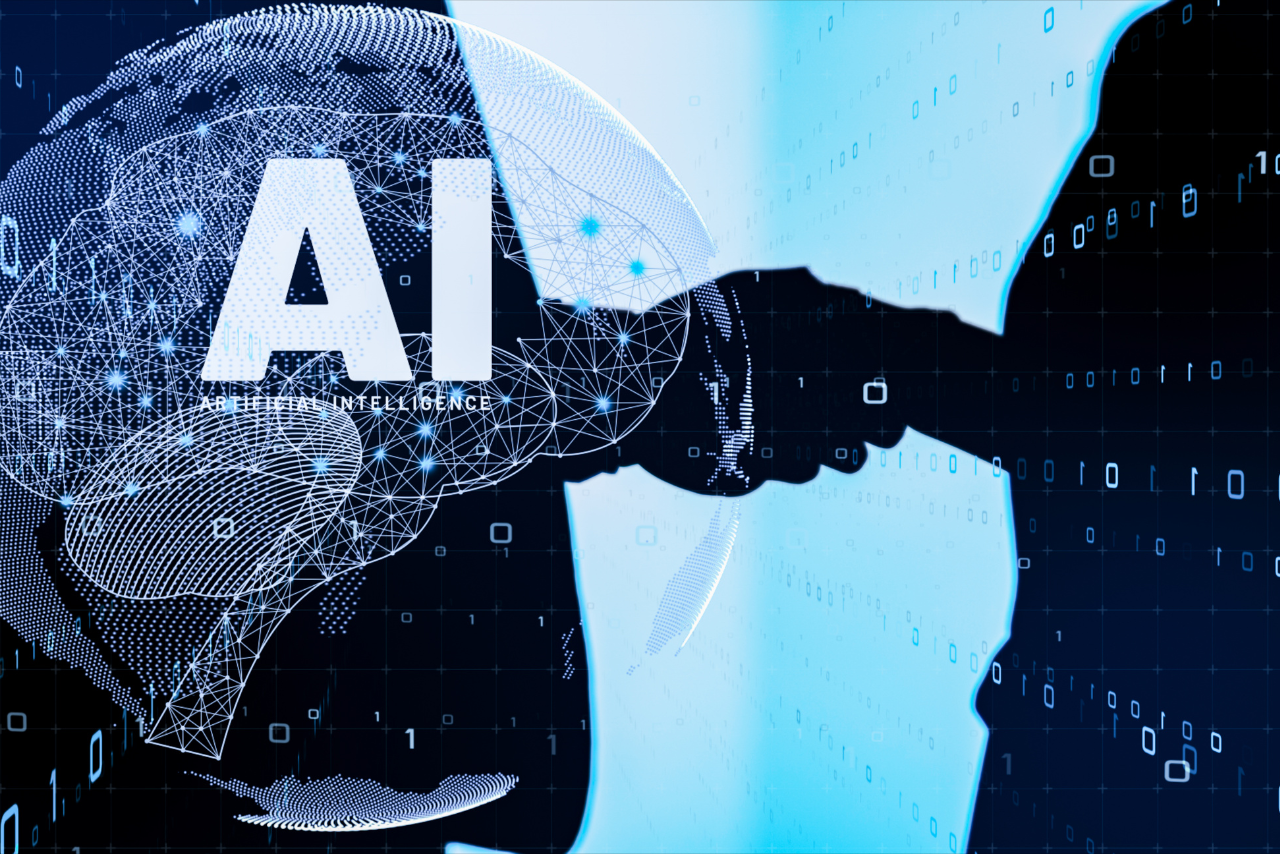In the ever-evolving digital realm, social media monitoring takes center stage as a potent tool for deciphering the complex landscape of social networks. Organizations gain invaluable insights into brand perception, industry shifts, and competitive dynamics by systematically tracking mentions, keywords, and trends across diverse platforms. Fuelled by on-premises and third-party analytics tools, this comprehensive approach drives data-driven strategies that resonate with modern audiences. But why is social media monitoring crucial in today’s digital arena?
A single social media post carries the potential to influence, offering businesses access to vital statistics, customer feedback, industry updates, and competitive intelligence. As we delve into the top six social media monitoring trends of 2023, encompassing responsible data collection, geo-based tracking, user-generated content sourcing, AI-powered predictive analytics, SEO synergy, and ROI measurement, it’s evident that mastering the art of social media monitoring is paramount for organizations seeking to flourish in an ever-shifting digital landscape.
What Is Social Media Monitoring?
Social media monitoring is researching mentions, hashtags, keywords, and other social media related to your brand and industry. It can also be extended to monitor interactions with competitors. You can combine various on-premises and third-party analytics tools to create an effective social media strategy.
Why Do We Need Social Media Monitoring?
A post on social media can bring many benefits to brands and businesses. This includes getting statistics and metrics about your brand impressions, customer feedback, answers to their questions, and more. You’ll stay up to date on the latest happenings in your industry and your competition thanks to media monitoring.
What are social media metrics, and why are they important?
Social media metrics are data points that measure social media effectiveness and help you understand how to improve it. Blog posts and online engagement show how many people viewed, liked, shared, or commented on your content. Social media metrics also show how much effort and money you’ve spent and how much you’ve received.
It has nothing to do with void (or vanity parameters). To effectively plan and analyze social media, you need to track metrics to understand what’s happening on social media for your business. Without information, it is impossible to develop a strategic plan. You can’t tie your social media efforts to actual business goals or demonstrate success. We also do not see a downward trend requiring a policy change.
6 Social Media Monitoring Trends for 2023
1. More Responsible Social Media Data Collection
Social media tracking provides valuable information that can be used to adjust or adjust your marketing strategy. As long as it can be based on demographics, it’s essential. Collecting customer data is crucial because it allows him to understand better what the customer wants, how to execute his product or service, and whether he can achieve his business goals.
However, consumers are increasingly concerned about data collection, something social marketers need to be aware of. A study found that 86% of consumers are concerned about privacy. 78% expressed concern about the amount of data they collect from consumers, and 40% said they did not believe companies could handle their data ethically (KPMG, 2021).
So, what steps can companies take to comply with data protection regulations? Of course, this is a complex matter, requiring many steps and processes. However, best practices include learning industry-specific secrets, as these strategies can vary by industry. Also, include a privacy policy that tells users how their information will be used. Finally, make sure your social media accounts are secure with access rights as well.
2. Geo-Based Social Monitoring
Personalization is an essential part of the customer experience. Consumers say so themselves: 75% say they are frustrated when brands send them irrelevant messages. One way to deliver more personalized offers and branded content is through social media geo-tracking.
Geo-social surveillance uses geo-fencing technology, using RFID or GPS technology, to create a virtual barrier that triggers action when a mobile device enters a particular area if you are involved in media marketing.
3. Simplifying the Sourcing of User-Generated Content
User Generated Content (UGC) is a proven strategy in social media marketing. Such content gives the brand so much authority that customers prefer it over professional text. Nearly 80% of consumers say UGC significantly influences purchase decisions. In this regard, we expect UGC marketing to become one of the most prevalent social media trends in 2022 and beyond.
Of course, finding high-quality UGC content to share is a challenge. These social media tools are available. For example, image recognition tracking can help marketers identify files containing images of their products. From there, you can quickly contact the image owner and request permission to use it for branded organic content. Other tools, such as sentiment research, real-time analytics, and producer discovery, can also be used to develop messages that are relevant to your brand for later use in your marketing campaigns.
4. Use of AI-Powered Predictive Analytics
The disease of a basketball player’s life. Statistics on the amount of data created indicate that by 2025, 463 ZB of data will be created daily. Instagram reports over 100 million views and photos daily and Facebook reports 510,000 comments per minute. It is not a disease in itself, but it is wise to drink it.
The social media platform is equipped with extensive monitoring with artificial intelligence-based predictive analytics, capable of collecting, distributing, and analyzing large-scale data. For social media marketers, this means getting help integrating data, generating insights, predicting content strategies, product launches and promotions, and more. Marketers use AI and machine learning to develop predictive models that solve their business challenges.
Even the best digital marketing can’t keep up with the data we process daily and social media and social media content. Therefore, it is essential to incorporate AI-powered predictive analytics into your marketing strategies.
5. Using Social Monitoring to Improve SEO
SEO is one of the most important digital marketing tools because it lets your business be found online. Traditional media suffered during the Covid-19 lockdown in 2020, while digital advertising grew exponentially. In 2020, companies will spend approximately $47.5 billion on SEO and related products and services (The Business Research Company, 2020). Since 70% of business owners say SEO drives more sales than PPC (30%), it can be worthwhile.
However, SEO has evolved from simple keyword research to many other methods, especially since Google’s algorithm has become more innovative and imaginative regarding ranking pages. Marketers can use social media monitoring tools to analyze social media platforms and all networks, including blogs, videos, photos, or articles that can build a brand.
With the help of social media monitoring, marketers can implement various SEO techniques. For example, you can mention links or contact bloggers about guest blog posts. One study found that marketers who prioritized blogging saw a 13x increase in ROI, with 57% of marketers saying they could acquire new customers through blogging.
6. Social Monitoring Used to Measure Social Media ROI
Much money is invested in social media marketing. Social media marketing spending in the United States is projected to reach nearly $63 billion by 2022. This is an 11 percent increase over the previous year. Meanwhile, 51% of marketers already using social media communities plan to invest more in these platforms in 2022 (HubSpot Blog, 2022).
With all the experience, time, and money invested in social media, how do you know it’s worth it? How do you know if your actions are working and helping you achieve your business goals?
However, analyzing your campaign data and metrics is part of determining your social media ROI. Marketers can measure metrics that align with their goals by leveraging social media monitoring and audience tools like AI and real-time reporting capabilities. Key metrics include audience engagement, traffic, revenue, and registrations.
Benefits of Monitoring social media

As a business leader, you should consider monitoring and monitoring all social media activities to assess timely progress and improve performance. It takes time but take a look. It has immense advantages that should be considered.
1. Generates Feedback
By monitoring social media, companies can gather customer feedback in real-time. This feedback can improve the product or service or address customer questions or concerns.
2. Enhances Customer Feedback
Social media gives businesses excellent visibility to engage customers and quickly respond to their questions, concerns, and complaints. This increases customer satisfaction and helps build brand loyalty.
3. Maximizes Profit
Social media monitoring can help companies identify trends and topics that appeal to their target audience. This can help companies create marketing campaigns that resonate with their target audience and maximize profits.
4. Keeps You Updated With New Trends
Social networks are constantly evolving, and new trends emerge every day. Social media monitoring can help businesses stay on top of these trends and incorporate them into their marketing strategies.
5. Competitor Analysis
By monitoring social media, companies can monitor their competitors. By monitoring competitor activities, content, and interactions, companies can identify industry trends, evaluate their operations, and find opportunities to differentiate themselves in the marketplace.
6. Lead Generation
Social media monitoring can help you identify opportunities and sales opportunities. Businesses can identify people actively looking for services or offers by tracking relevant conversations and keywords. This allows them to connect with potential customers, provide helpful information, and convert them into customers.
Conclusion
In the ever-evolving digital landscape, social media monitoring emerges as an indispensable compass for businesses seeking to navigate the intricate web of online engagement. By meticulously tracking mentions, keywords, and trends across diverse platforms, organizations gain invaluable insights into brand perception, industry shifts, and competitive dynamics, facilitating data-driven strategies that resonate with the modern digital audience. The pivotal role of social media monitoring becomes evident when we consider the transformative potential of each social media post, offering access to critical statistics, customer feedback, and real-time engagement.
As we’ve explored the top six social media monitoring trends of 2023, from responsible data collection and geo-based tracking to user-generated content sourcing, AI-powered predictive analytics, SEO integration, and ROI measurement, it becomes clear that mastering this practice is not a choice but a strategic imperative for organizations seeking to flourish in the ever-evolving digital terrain. By embracing these trends, organizations equip themselves to navigate the digital currents, unlocking the full potential of social media monitoring in the years ahead and ensuring relevance and success in the digital age.







